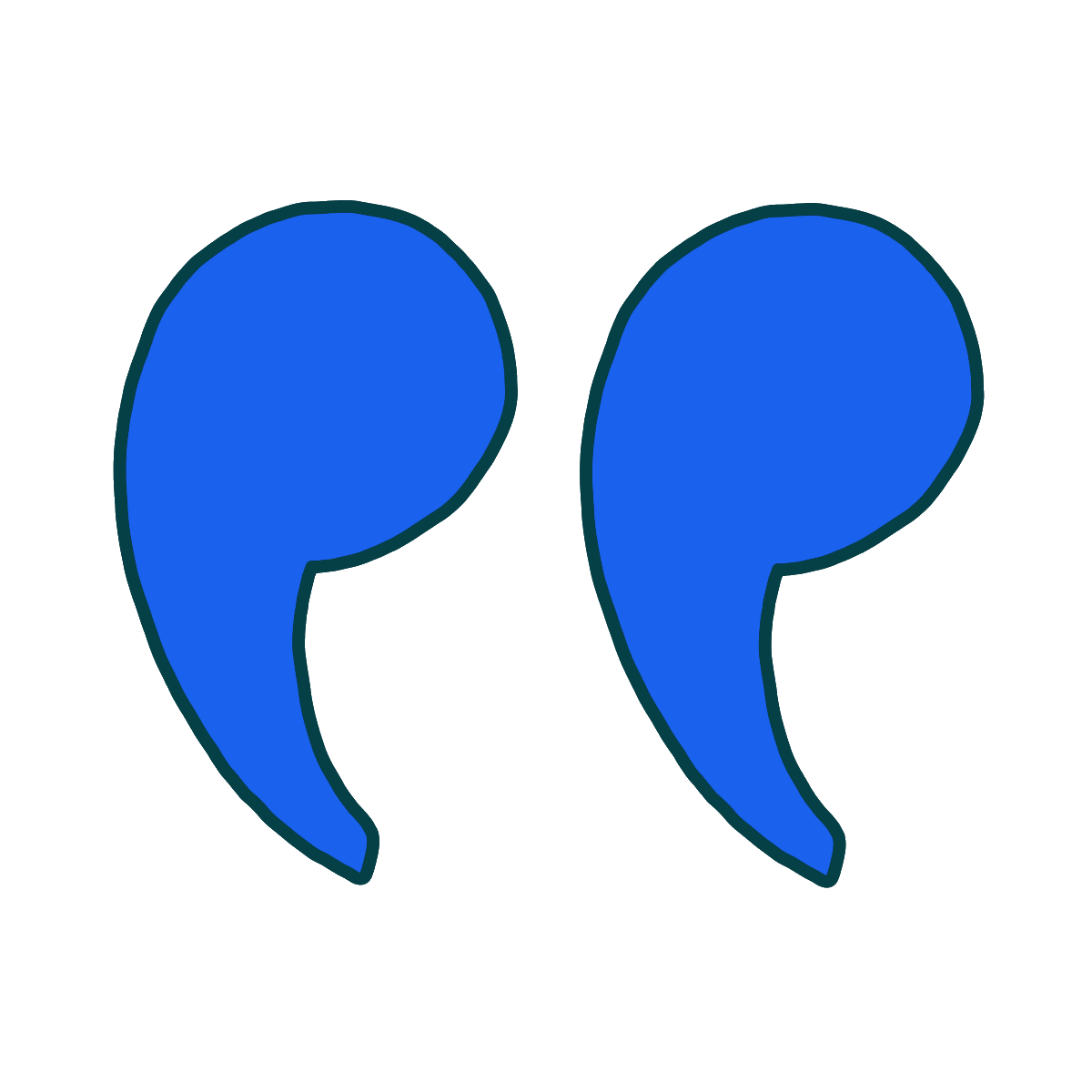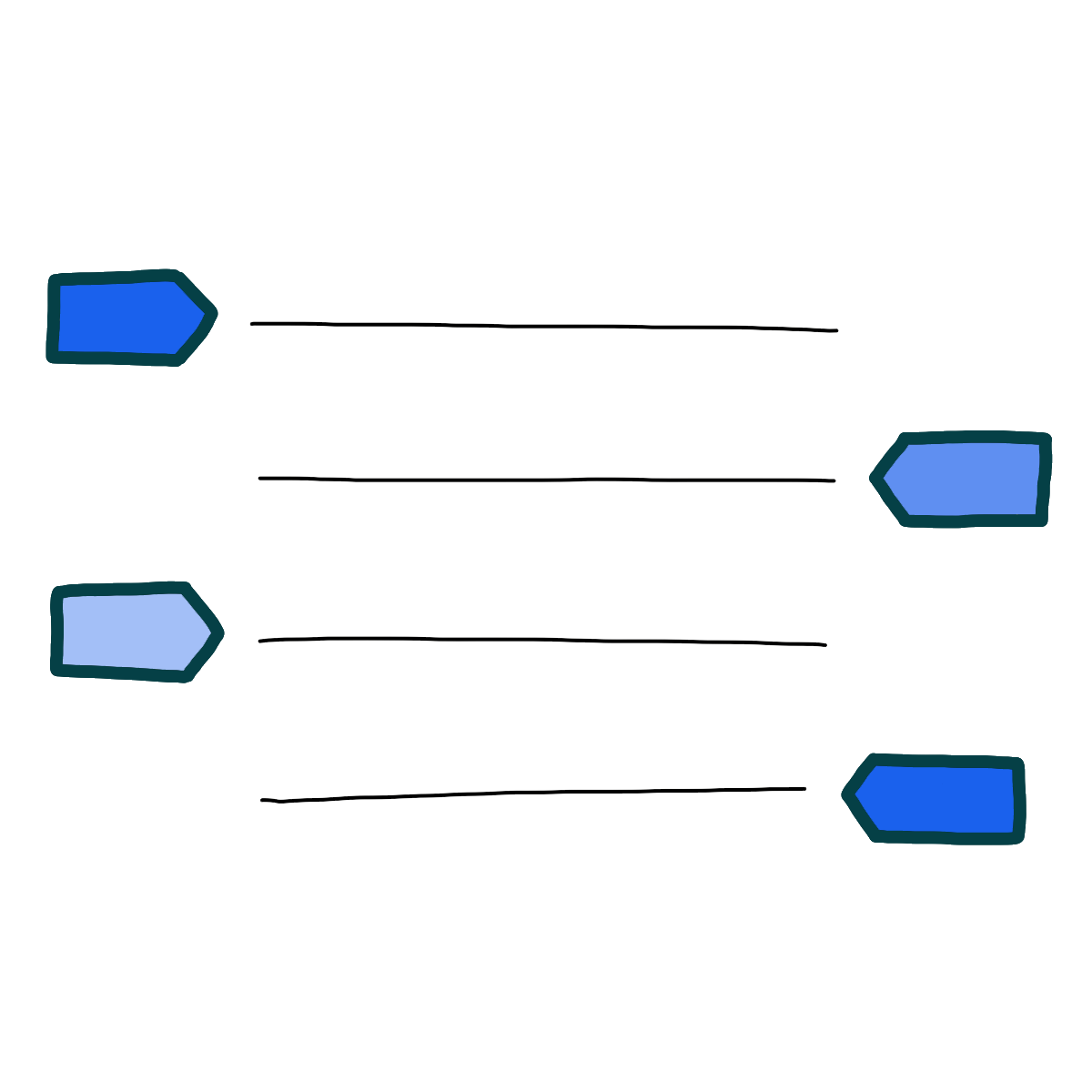"The Four Winds" features one of Frenchie's flashbacks, in which he recalls his former childish fascination with Wab and her backstory. He and several of the other adolescent boys developed a crush on Wab; wanting to know more about her, they press Miig for details regarding her past. Miig refuses to comply with the boys' youthful prying, deflecting their inquiries through a clever, indirect metaphor:
“Besides,” [Miig] added as [he] went back to hooking the spring in its latch, “everyone tells their own coming-to story. That’s the rule. Everyone’s creation story is their own.”
In this passage, Miig likens coming-to stories to creation stories—the myths and folktales told in many indigenous communities about the creation of the world and about the gods. This indirect metaphor serves as deflection, explanation, and a source of comfort: Miig is firm about every person's right to tell their own story, but he reframes this deflection as empowerment. He connects the process of relating personal history to that of formulating myth and cultural tradition. This comforts the boys in the midst of their questioning, lending credence to the idea that they are—and will continue to be—an extension of their ancestors' stories and the future formulators of tradition. This is Miig's way of helping his children feel connected to their communities and history in the face of cultural genocide.
In "Story: Part 2," Miig continues to recount recent history to his children, giving context to their current dire circumstances. He utilizes indirect metaphor in the following excerpt:
"They kept sending us away, enticing us to seek medical care and then keeping us locked up, figuring out ways to hone and perfect their ‘solution’ for sale. Soon, they needed too many bodies, and they turned to history to show them how to best keep us warehoused, how to best position the culling. That’s when the new residential schools started growing up from the dirt like poisonous brick mushrooms."
Miig compares the rounding up of indigenous people to "culling"—a practice in livestock husbandry that involves thinning herds of animals (read: killing them without empathy or thought). By referring to the "recruitment" of indigenous people this way, Miig contends that the dreamless view indigenous people as nothing more than livestock. If settler-colonial empires like Canada and the United States treat their animals so irreverently, disrespecting the lives taken to fuel their own, what is to prevent said societies from treating human beings differently? In certain circumstances, Miig implies, those who devalue animal life will not hesitate to regard their fellow human beings as disposable.







